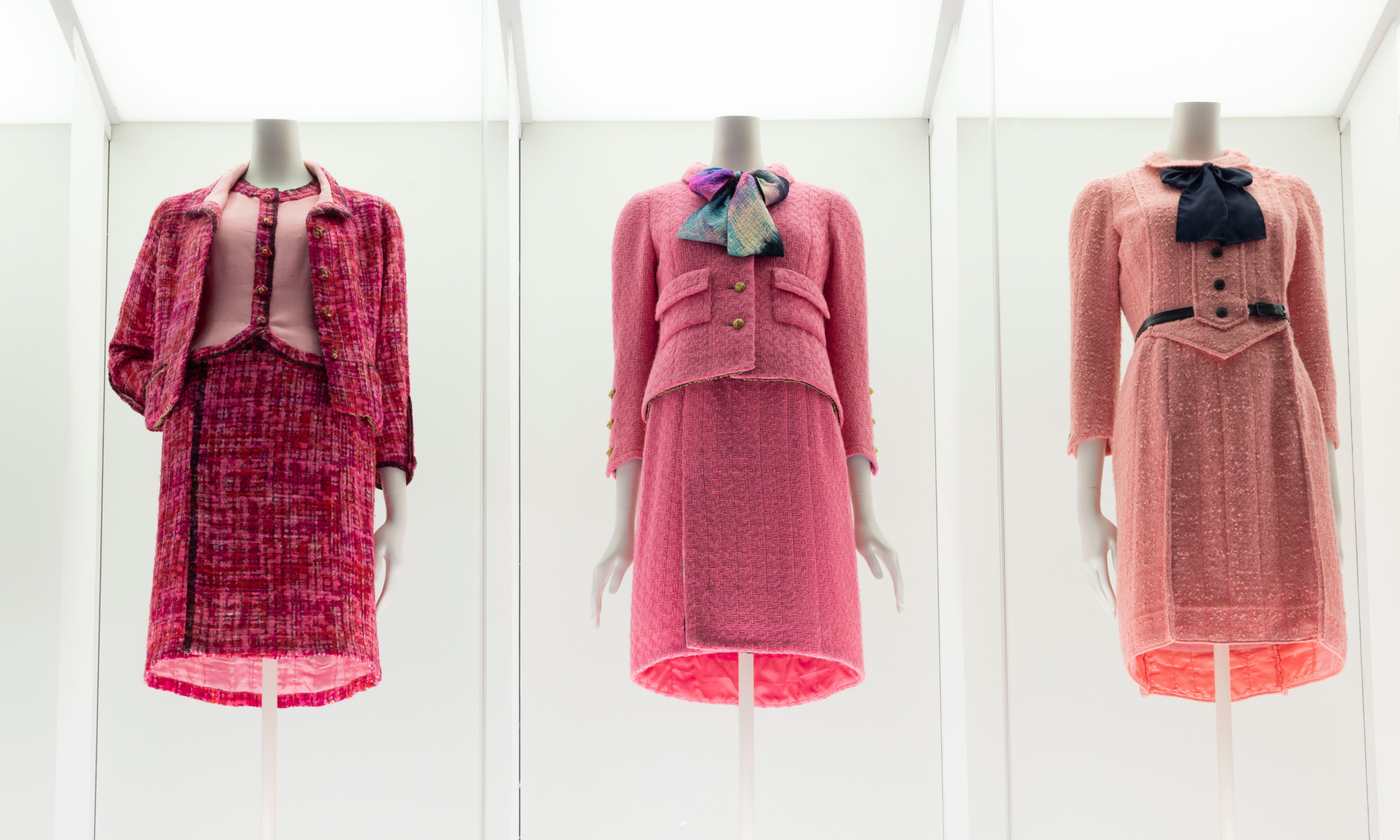After a fashion: Pinterest has joined with the Victoria and Albert Museum to create four videos of the museum’s sold-out exhibition focusing on the couturier Gabrielle Chanel © Victoria and Albert museum, London
Insta’ gratification is a monthly blog by Aimee Dawson, looking at how the art world and social media collide. Each article tackles a topic around the innovations and challenges that spring up when art enters the digital world.
When mainstream social media was having a major meltdown last year (in particular Twitter’s traumatic transformation into X), people scrambled for alternative platforms. This column proffered eight lesser known options, from Mastodon to BeReal. But lately, an older platform has been re-emerging: Pinterest.
There is debate around whether Pinterest actually counts as social media, since it is less of a communication platform and more like a visual search engine. Pinterest’s co-founder Ben Silbermann told Fortune magazine in a 2015 interview, “I think [Pinterest is] a very different thing than a social network,” explaining that the objectives of the two are different: on a social network, you upload photos for other people to like, while Pinterest is self-serving.
Pinterest allows visual content to be posted, liked and shared—and so, in my opinion, should be considered a social media platform—but it is true that it is less focused on comments and engagement than Instagram, for example. Therefore, some users have been known to describe Pinterest as “the most chill” of all the platforms, with less performance pressure on posts and less toxicity from other users.
When Pinterest burst on to the social media scene in 2012, the journalist Matthew Caines wrote in The Guardian that “for a sector that buys and sells in visual experiences, the social network appears a perfect fit for arts organisations and venues”. Jamie McHale, the content partnerships lead at Pinterest UK, agrees: “As a visually driven platform, Pinterest is the destination for art inspiration and searches for all things art related are continually high. Pinterest provides a unique opportunity for artists and institutions to showcase their work to users who are actively seeking art, whether they’re looking to discover new styles or planning to buy a new piece for their home.” Links back to creatives’ and companies’ websites can encourage direct sales and the visual posts are evergreen, meaning they do not disappear or expire, so content does not get lost over time.
Over the years, Pinterest has actively worked with art initiatives such as Art of London, which captured a collection of London galleries through the eyes of local creators, and has previously supported Somerset House’s Young Producers programme, which offers industry experience and support to under-represented groups in the creative sector. But in the past couple of years, Pinterest has also started collaborating with art institutions to create original content for the platform. In 2022, it partnered with the Louvre in Paris on a series of ten videos that captured lesser-known parts of the museum and its collections.
Pinterest’s most recent museum partnership is with the Victoria and Albert Museum (V&A) in London. The result is a series of four videos of the exhibition Gabrielle Chanel: Fashion Manifesto (until 10 March), hosted on the V&A’s Pinterest profile and on its website. “Our partnership with Pinterest enables us to bring our sold-out Gabrielle Chanel exhibition to a much wider audience, making the inspirational and iconic Chanel pieces in the exhibition accessible to all,” says Sophie Rouse, the head of integrated marketing and insight at the V&A.
The V&A collaboration is the first of its kind for Pinterest UK. “This partnership is a great example of how we’re widening the aperture in terms of the types of inspiring content people can find on the platform,” McHale says. “The series has been extremely popular as the video format delivers footage from the exhibition in an exciting and engaging way.” He adds that Pinterest is now in discussions with other art and culture organisations and galleries across the UK to “amplify their amazing content on the platform to reach untapped audiences”. Time to dust off that old Pinterest account, perhaps?

